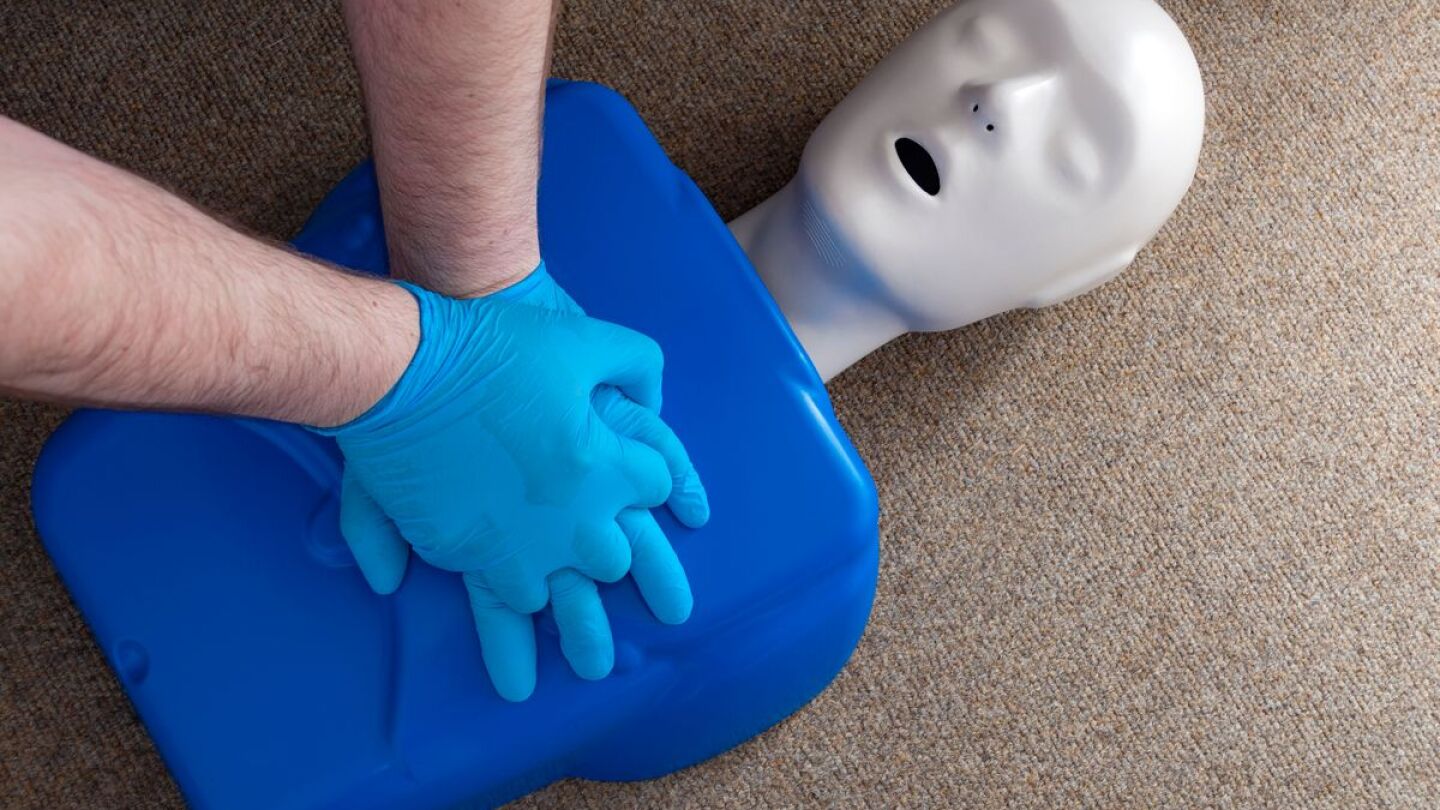EMS Training and Education
Your go-to resource for evidence-based EMS training, continuing education, instructor development and industry innovation. Find expert articles, videos, product reviews and specialized resources to support EMTs, paramedics, medical directors and educators. Stay current on instructor best practices, CEU requirements, virtual training trends, simulation strategies and educational policy affecting prehospital care.
EMS Training and Education Resources
Signs of PACS that will help you eliminate EKG rhythms to make your diagnosis
The “set-up, size-up, scope, secure” mindset of the 1st and TEN approach to intubation may help improve first-pass success
First responders can use their status as respected community figures to reduce the risk for drowning
Empower personnel to step in early — before issues escalate
To lead and inspire an EMS team, motivation must first come from within
The NAEMSP Town Hall panel explored how outdated habits, legal risk and new evidence collide, and what EMS leaders must do to build legally sound, evidence-based care
Books
A paramedic’s role is to help people and do the best they can for each patient
When assessing and treating patients in a cold environment, do these simple things to help prevent heat loss and improve heat retention
Move with purpose to prevent an apparatus crash, slip or fall, and protect the patient from increased discomfort
Hypothermic patients, multi-systems trauma and slippery scenes present difficult decision-making challenges for rescuers
Support first responders injured in the line of duty, new recruit education and the families of the fallen
Clinicians discuss the accuracy of the Broselow tape and what modern tools can support safer pediatric care.
The Region V Hospital Coordinating Center and Southern Illinois Healthcare donated bleeding-control kits and training to Vienna School District
Is death notification training associated with decreased burnout among EMS professionals?
After a Cleveland paramedic was violently attacked on a call, University Circle Police launched a free self-defense course for EMTs and crisis responders
Real talk: EMS needs to stop playing second fiddle in the house of medicine
The Tazewell County Sheriff’s Office now has over 20 deputies trained as EMTs
How the pediatric critical‑care paramedic turns short‑form content into clinical clarity
Try these tips to make seat belt use in the patient care compartment just as normal as your personal vehicle
Crush syndrome can be expected following any event where patients are trapped for a length of time
In a rain-soaked, full-scale exercise, UNCG students triaged “victims,” staffed field tents and coordinated with EMS
Agencies must link wellness, training, leadership and technology to mission performance
Erlanger’s new cross-training program lets officers provide lifesaving care before ambulances arrive, improving coordination between police and fire
The EMS Compact-backed observance, held Nov. 10–16, honors the impact of student-run EMS programs across 43 states, five Canadian provinces and Jamaica
EMS agencies must align innovation with mission — integrating AI, data and new tools without losing the human element that defines patient care
Preparation transforms uncertainty into confidence and ensures your organization is ready for whatever comes next
Leadership gaps are threatening workforce morale and mission readiness. Here’s how EMS agencies can close the trust divide and rebuild frontline engagement
A $22,000 AT&T Scholarship Fund award will pay the $1,600 tuition for each EMT student at Lincoln University’s Security Sciences Institute
Agencies must protect training time, embrace realism, and engage all levels of personnel to ensure every responder is mission ready — every time
EMS and police ran a hands-on exercise to improve high-risk coordination and patient care, with Spring Hill Youth Corps members temporarily elevated to train alongside veteran members
Local and state leaders gathered at Lafayette’s Emergency Operations Center to coordinate response strategies in a simulated school shooting at Acadiana Renaissance Academy
We asked readers for advice on learning and studying pharmacology and received dozens of fantastic responses
Over 100 agencies ran preparedness exercises at Amon G. Carter Stadium and 14 other sites, testing communication and active-threat response ahead of FIFA World Cup crowds
Chris Cebollero and Kelly Grayson break down the CPR changes without the drama (but they talk about that, too!)
Lessons from agencies mastering real-time collaboration under pressure
Michael Fraley breaks down what paramedics need to know about what’s changed — and what hasn’t — in the new resuscitation guidance
MOST POPULAR
- Retention, pay highlighted in Minn. EMT training program
- EMS, fire officials warn FEMA: Halting National Fire Academy training puts public safety at risk
- Measles: What it is, how it spreads and what to do if you suspect it
- Clinical and field resource gaps in paramedic education
- When first responders fall short





































